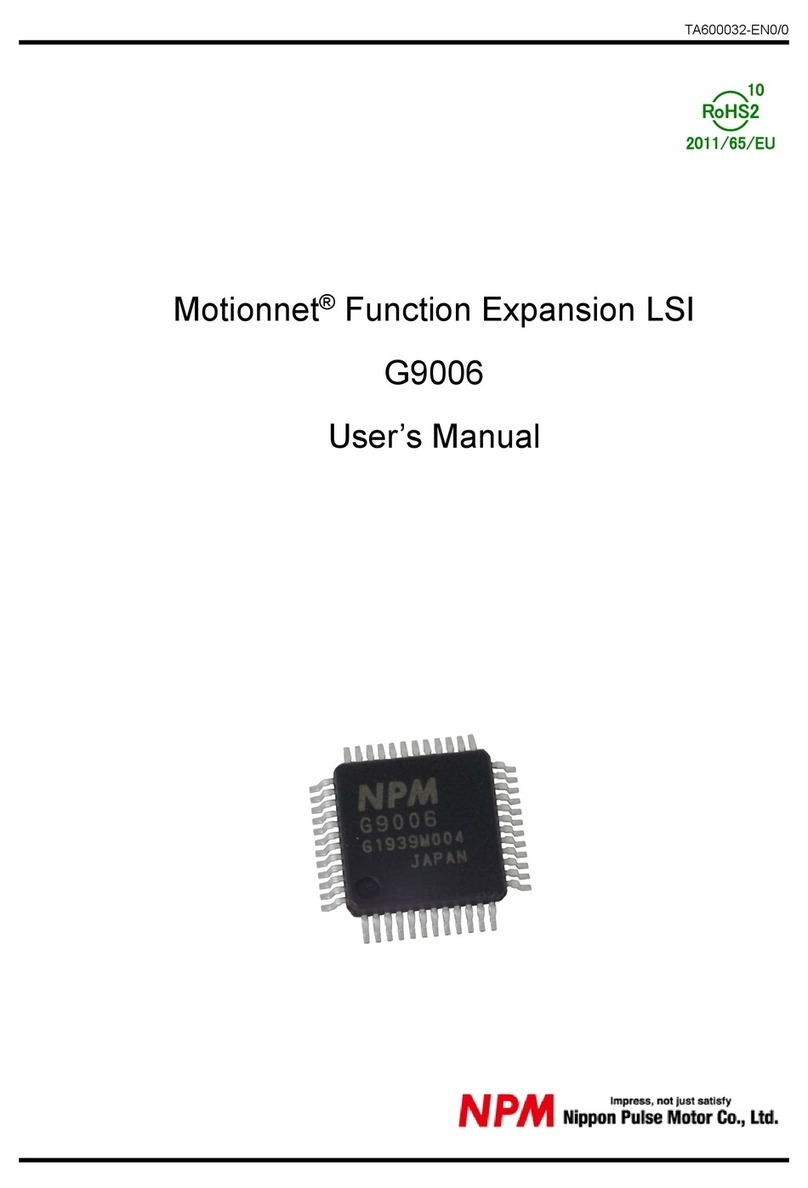
- iii -
8. Registers ................................................................................................................................................. 31
8-1. Table of registers............................................................................................................................. 31
8-2. Pre-registers ................................................................................................................................... 32
8-3. Description of the registers ............................................................................................................. 34
8-3-1. PRMV (RMV) registers............................................................................................................. 34
8-3-2. PRFL (RFL) registers ............................................................................................................... 34
8-3-3. PRFH (RFH) registers .............................................................................................................. 34
8-3-4. PRUR (RUR) registers ............................................................................................................ 34
8-3-5. PRDR (RDR) registers ............................................................................................................. 35
8-3-6. PRMG (RMG) registers ............................................................................................................ 35
8-3-7. PRDP (RDP) registers.............................................................................................................. 35
8-3-8. PRMD (RMD) registers ............................................................................................................ 36
8-3-9. PRIP (RIP) registers ................................................................................................................ 37
8-3-10. PRUS (RUS) registers ........................................................................................................... 37
8-3-11. PRDS (RDS) registers ........................................................................................................... 38
8-3-12. RENV1 register ..................................................................................................................... 38
8-3-13. RENV2 register .................................................................................................................... 40
8-3-14. RENV3 register ..................................................................................................................... 42
8-3-15. RCUN1 register ..................................................................................................................... 43
8-3-16. RCUN2 register ..................................................................................................................... 43
8-3-17. RCMP1 register...................................................................................................................... 43
8-3-18. RCMP2 register...................................................................................................................... 43
8-3-19. RIRQ register ......................................................................................................................... 44
8-3-20. RLTC1 register ...................................................................................................................... 44
8-3-21. RLTC2 register ...................................................................................................................... 44
8-3-22. RSTS register......................................................................................................................... 45
8-3-23. REST register ......................................................................................................................... 46
8-3-24. RIST register ......................................................................................................................... 46
8-3-25. RPLS register ......................................................................................................................... 47
8-3-26. RSPD register ........................................................................................................................ 47
8-3-27. RSDC register ........................................................................................................................ 47
9. Operation Mode ...................................................................................................................................... 48
9-1. Continuous operation mode using command control ..................................................................... 48
9-2. Positioning operation mode ............................................................................................................ 48
9-2-1. Positioning operation ............................................................................................................... 48
9-2-2. Timer operation ........................................................................................................................ 48
9-3. Pulsar (PA/PB) input mode ............................................................................................................. 49
9-3-1. Continuous operation using a pulsar input............................................................................... 51
9-3-2. Positioning operations using a pulsar input..............................................................................51
9-4. External switch operation mode...................................................................................................... 52
9-4-1. Continuous operation using an external switch........................................................................ 52
9-4-2. Positioning operation using an external switch ........................................................................ 53
9-5. Zero return operation mode ............................................................................................................ 54
9-5-1. Zero return operation 0............................................................................................................. 56
9-5-2. Zero return operation 1............................................................................................................. 57
9-6. Linear interpolation operation ......................................................................................................... 58
9-6-1. Outline of interpolation operation ............................................................................................. 58
9-6-2. Interpolation procedures........................................................................................................... 58
9-6-3. Operation during interpolation.................................................................................................. 59
10. Speed Patterns ..................................................................................................................................... 61
10-1. Speed patterns ............................................................................................................................ 61
10-2. Speed pattern settings ................................................................................................................ 62
10-3. Manual FH correction.................................................................................................................. 66
10-4. Example of setting up an acceleration/deceleration speed pattern ............................................ 70
10-5. Changing speed patterns while in operation............................................................................... 71



























